Bern, MINA – Indonesian students at Università della Svizzera Italiana (USI), Switzerland, in collaboration with the United Nations for Education, Science and Culture Organization (UNESCO) launched iWareBatik application which aims to become a digital archive of Batik as an intangible cultural heritage.
The launch coincided with the 75th anniversary of Indonesia’s Independence on Monday in Bern, Switzerland.
“iWareBatik application will be useful for identifying Batik textiles, the philosophical values behind the motives, the place of origin and other information relevant to the Batik,” said the Indonesian Embassy in Bern in a press statement on Wednesday.
iWareBatik was launched in the form of the iwarebatik.org website and smartphone application. More than 100 Batik motifs have been documented, and will continue to be enriched with other Batik motifs.
Also Read: Kashmir University Holds Urdu Literature Seminar
The application is also equipped with artificial intelligence technology which allows users to find out batik motifs by taking photos of the batik cloth that is being worn.
Until now, this application can identify several batik motifs, namely peacock, kawung, ampiek, parang, and will be further developed in the future.
Puspita Ayu Permatasari, as the iWareBatik Communication Technology Research Coordinator for Indonesian Batik, conveyed the philosophy behind iWareBatik, namely “I am aware of Batik”.
“Through this application, we hope that people will not only wear batik (wear) but also understand (aware) the meaning of batik that is being used,” he explained.
Also Read: 76 Foreign Professors Collaborate Indonesia at WCP 2021
Puspita is currently pursuing Information Communication Technology (ICT) for Intangible Cultural Heritage and Tourism as the focus of her doctoral studies at USI.
An interactive map feature is also available in this application, so that people can find out the unique Batik motifs from each province in Indonesia.
“The hope is that people who visit Indonesia, for example to South Kalimantan, or Maluku, or any province, can find out what batik motifs are unique to the area, before deciding to buy what batik to make as souvenirs,” continued Puspita.
In the process of developing this application, Puspita and the USI team also conducted intense consultations with the Indonesian Embassy in Bern. (T/RE1)
Also Read: Ruins of 12th Century Madrasa Found in Turkey
Mi’raj News Agency (MINA)





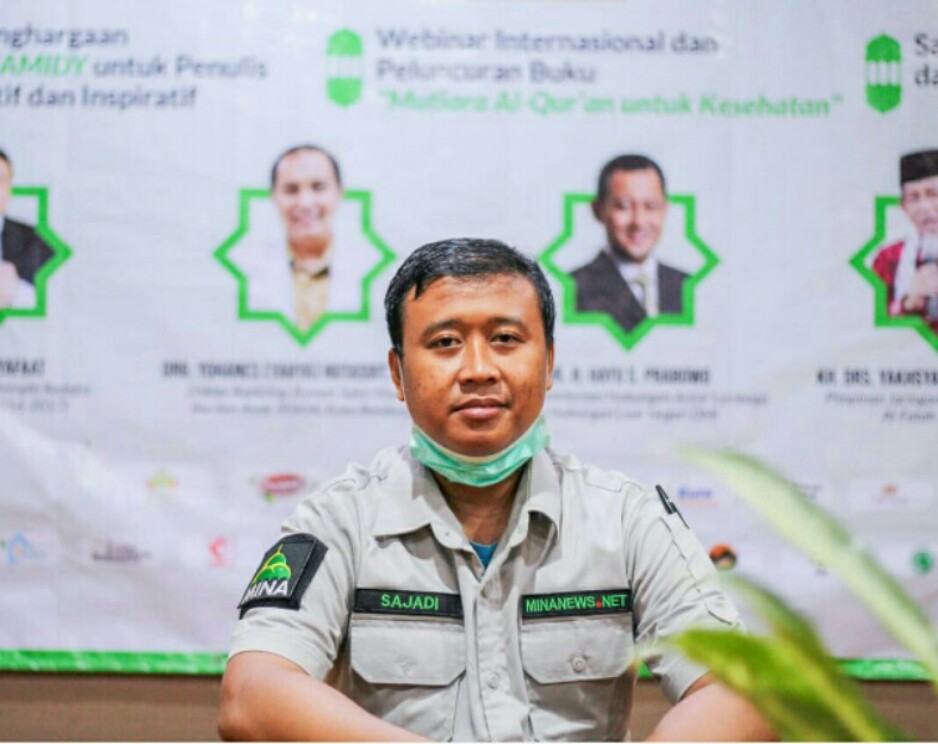
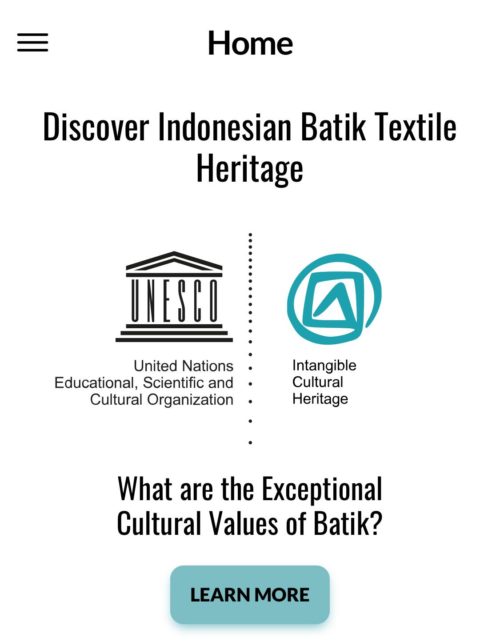








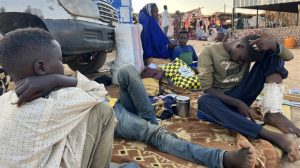

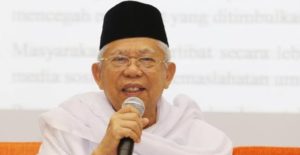
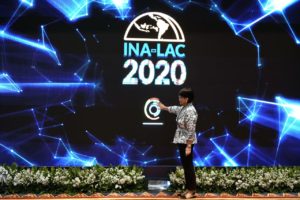
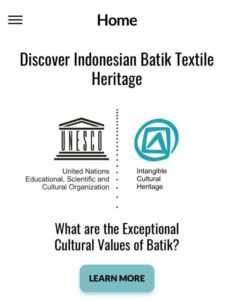
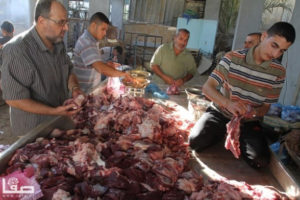






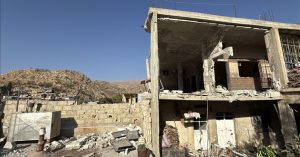


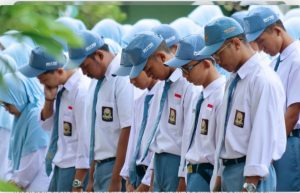

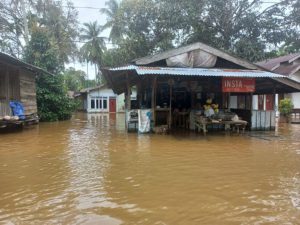



 Mina Indonesia
Mina Indonesia Mina Arabic
Mina Arabic